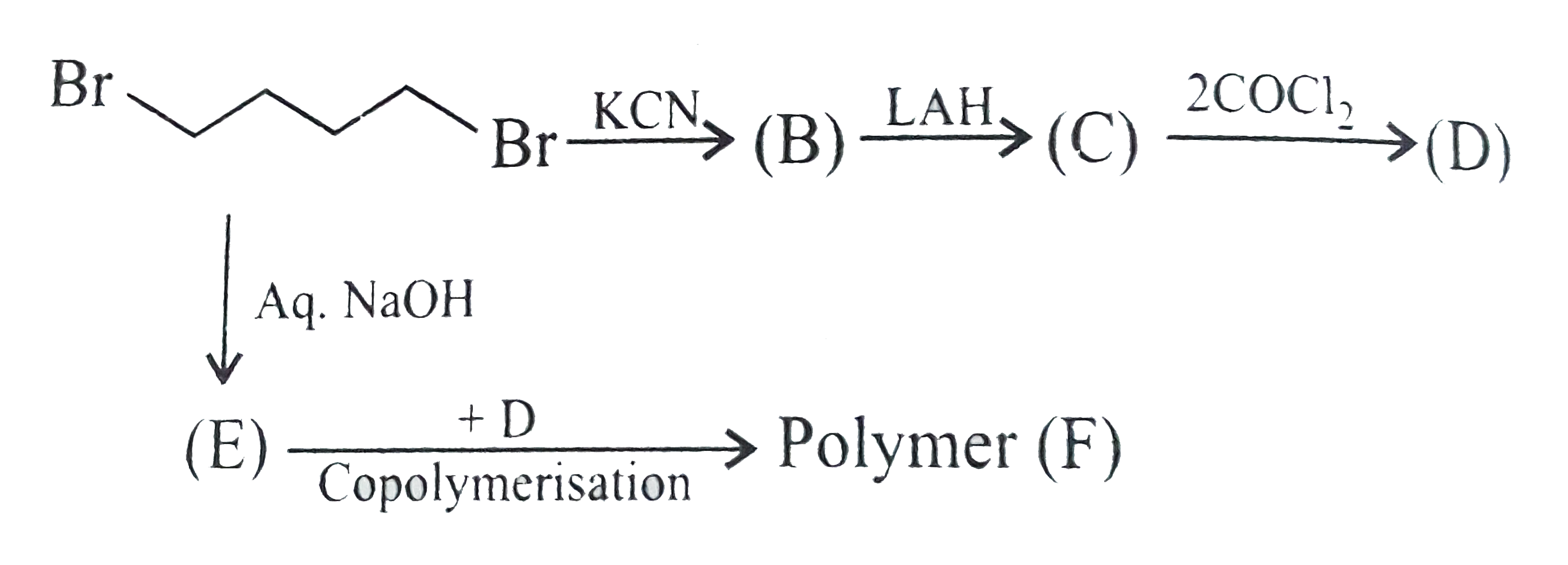In which of the following group all the orgaisms contain phycobilins?
Anabaena,Gelidium,Nereocystis,Zoochlorella
Nostoc,Porphyra,Chondrus,Batrachospermum
Oscillatoria,Sargassum,Volvox,Fucus
None of the above.
The correct Answer is:B
To determine which group of organisms contains phycobilins, we need to analyze the options provided and identify which of them includes organisms known to possess these pigments.
1. Understanding Phycobilins:
- Phycobilins are water-soluble pigments found in certain algae. They are primarily present in the cytoplasm or stroma of chloroplasts and are characteristic of two main groups: cyanobacteria (blue-green algae) and rhodophyta (red algae).
2. Analyzing the Options:
- Option 1: Anabina, Gelidium, Nereocystis, Zoochlorilla
- Anabina is a cyanobacterium, but Gelidium (a red algae) and Nereocystis (a brown algae) do not contain phycobilins. Zoochlorilla is not a recognized group that contains phycobilins.
- Option 2: Nostoc, Porphyra, Chondrus, Batrachospermum
- Nostoc is a cyanobacterium, Porphyra (red algae), Chondrus (red algae), and Batrachospermum (red algae) all contain phycobilins. This group consists entirely of organisms that possess phycobilins.
- Option 3: Oscillatoria, Sargassum, Volvox, Fucus
- Oscillatoria is a cyanobacterium, but Sargassum (brown algae), Volvox (green algae), and Fucus (brown algae) do not contain phycobilins.
- Option 4: None of the above
- This option can be dismissed as we have already identified a group that contains phycobilins.
3. Conclusion:
- The only group where all organisms contain phycobilins is Option 2: Nostoc, Porphyra, Chondrus, Batrachospermum.
Final Answer:
Option 2: Nostoc, Porphyra, Chondrus, Batrachospermum
- Phycobilins are water-soluble pigments found in certain algae. They are primarily present in the cytoplasm or stroma of chloroplasts and are characteristic of two main groups: cyanobacteria (blue-green algae) and rhodophyta (red algae).
- Option 1: Anabina, Gelidium, Nereocystis, Zoochlorilla
- Anabina is a cyanobacterium, but Gelidium (a red algae) and Nereocystis (a brown algae) do not contain phycobilins. Zoochlorilla is not a recognized group that contains phycobilins.
- Option 2: Nostoc, Porphyra, Chondrus, Batrachospermum
- Nostoc is a cyanobacterium, Porphyra (red algae), Chondrus (red algae), and Batrachospermum (red algae) all contain phycobilins. This group consists entirely of organisms that possess phycobilins.
- Option 3: Oscillatoria, Sargassum, Volvox, Fucus
- Oscillatoria is a cyanobacterium, but Sargassum (brown algae), Volvox (green algae), and Fucus (brown algae) do not contain phycobilins.
- Option 4: None of the above
- This option can be dismissed as we have already identified a group that contains phycobilins.
- The only group where all organisms contain phycobilins is Option 2: Nostoc, Porphyra, Chondrus, Batrachospermum.
Option 2: Nostoc, Porphyra, Chondrus, Batrachospermum
Topper's Solved these Questions
- PLANT GROWTH AND DEVELOPMENT AND PLANT MOVEMENTS BOOK - TRUEMEN BIOLOGY ENGLISHCHAPTER - PLANT GROWTH AND DEVELOPMENT AND PLANT MOVEMENTS EXERCISE - MULTIPLE CHOICE QUESTIONS
158 Videos
- Plant Morphology & Reproduction BOOK - TRUEMEN BIOLOGY ENGLISHCHAPTER - Plant Morphology & Reproduction EXERCISE - ASSERTION AND REASON
64 Videos
Similar Questions
Knowledge Check
In which of the following groups all are poly-saccharides ?
Aa) Sucrose, glucose and fructoseBb) Maltose, lactose and fructoseCc) Glycogen, sucorse and maltoseDd) Glycogen, cellulose and starch
In which of the following group all the organisms lack motle stages in the life cycle?
View SolutionIn which of the following groups are seeds present?
View Solution Which of the following group does polymer(F) contains?
Which of the following group does polymer(F) contains?
View Solution
Which of the following groups does polymer(E)contain?
View SolutionIn which of the following groups all the members have linear shape ?
View SolutionIn which one of the following groups, all the three are examples of polysaccharides?
View SolutionIn which of the following options all species contain X–O–X bonds in structure (X = central atom)
View Solution
